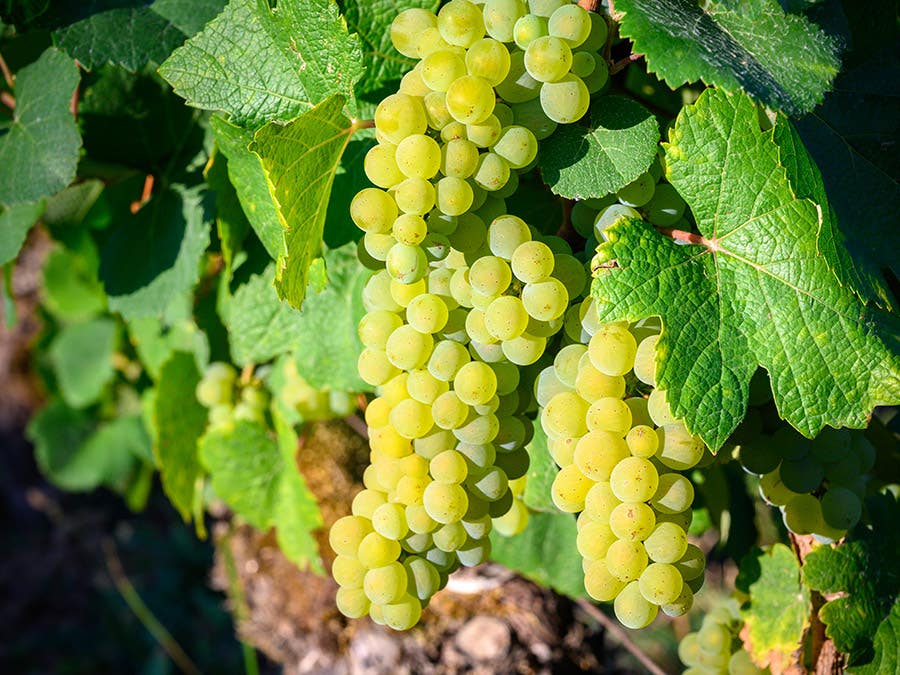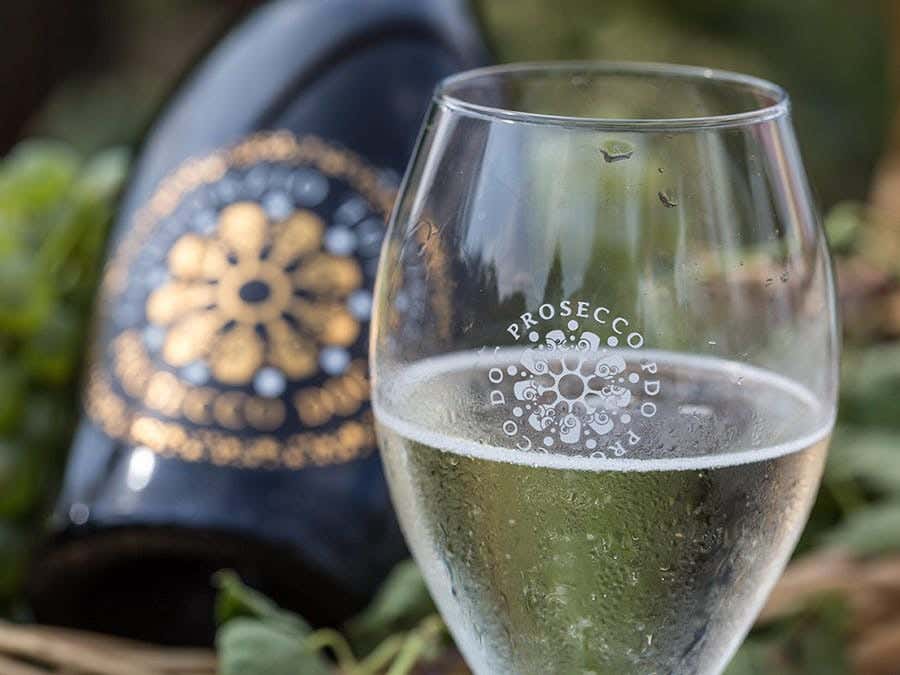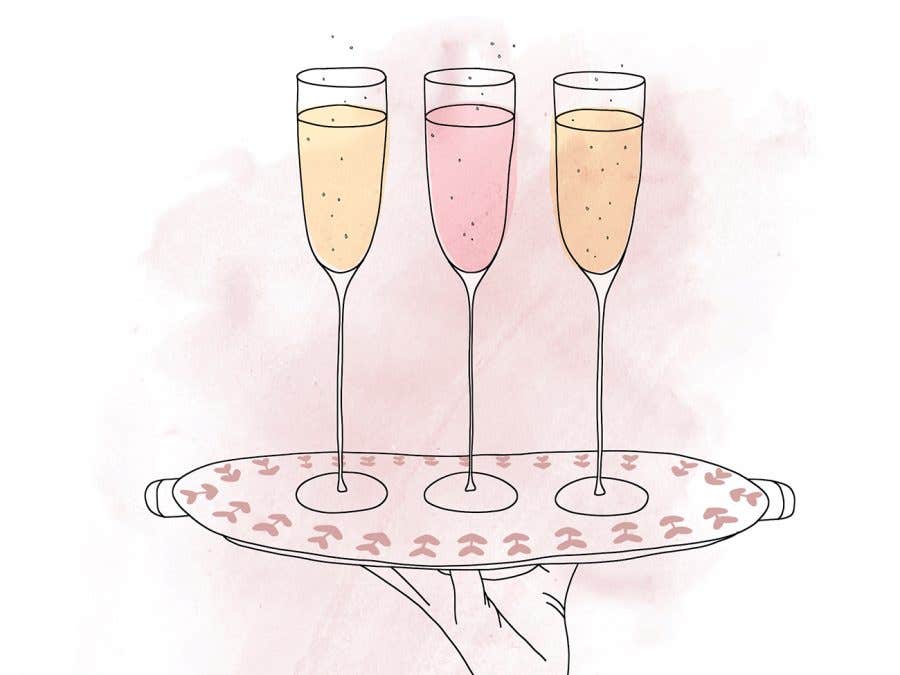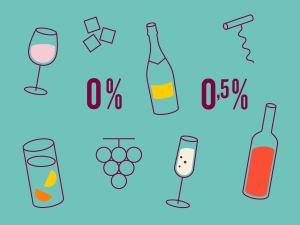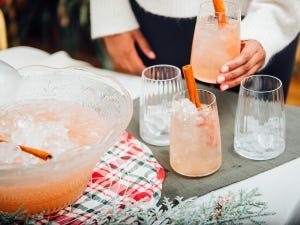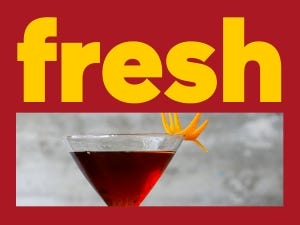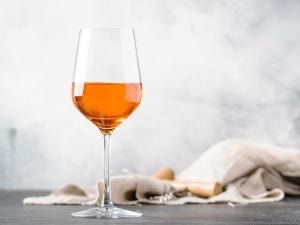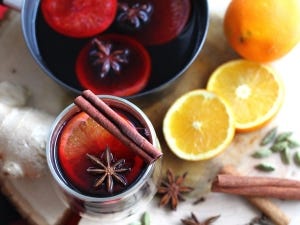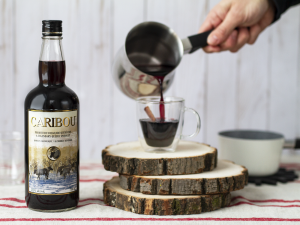Savagnin is a grape that ripens rather late, with a tough skin (resistant to disease) and powerful acidity, used to produce vin jaune and other oxidative wines characteristic of this north-eastern region of France. Subjected to an aging process known as ullage (when casks are not completely filled, leaving the wine in contact with oxygen), Savagnin carries intense aromas of curry or hazelnut, thanks to the presence of a specific compound: sotolon.
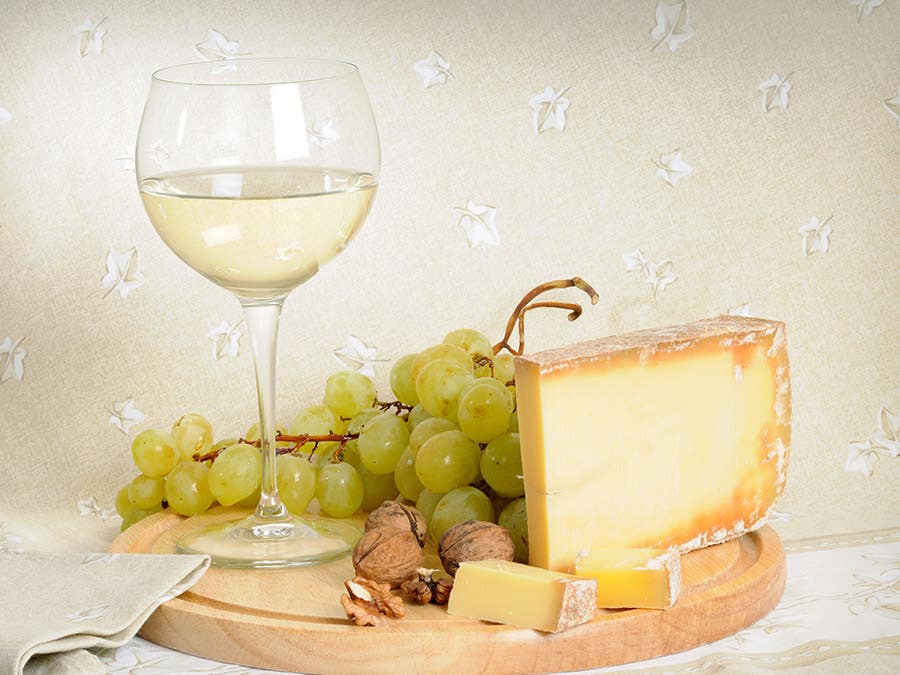

Its very particular bouquet, which pairs so well with firm cheeses like comté and makes such a magnificent sauce for poultry or trout, doesn’t always seduce upon first sip. Which is where non-oxidized Savagnins come in, which are able to reveal the Savagnin’s character as it is, and produce wines with notes of flowers and spices—structured, expressive and elegant.
Savagnin in a nutshell:
- Savagnin is a grape variety from the Jura region in the northeast of France. Its fruit has a thick skin that makes it highly resistant to grey rot, a blight on many vineyards. It’s a very demanding grape that grows well in grey marl.
- Wines made with Savagnin have a great ageing potential and combine aromatic power and complexity (walnuts, almonds, spices, flowers, honey, green apple, etc.)
- You can also find it blended with Crémant du Jura and Macvin du Jura, and sometimes with Chardonnay, in certain non-sparkling wines of the region.
Want a taste? Check out the list of Savagnin wines currently availble here.
Related Posts
-
Read more
SAQ shelves are lined with more than 300 wines and spirits produced abroad and bottled here, a process that has a positive impact on the environment and workforce in the province.
-
Read more
In recent years, Prosecco DOC (Denominazione Di Origine Controllata) sales have dizzying new heights. Read on to learn more about the accessible bubbles adored the world over.
-
Read more
Bubbly’s rising popularity has resulted in a wide variety of bottles to choose from. Here’s a handy guide to finding the one that’s right for you!
 Access to SAQ Inspire personalized services and store inventories are unavailable at the moment.
Access to SAQ Inspire personalized services and store inventories are unavailable at the moment. Free in-store delivery with purchases of $75+ in an estimated 3 to 5 business days.
Free in-store delivery with purchases of $75+ in an estimated 3 to 5 business days. 
